calsfoundation@cals.org
The EOA at 15: The 15 Most Popular Entries of the Past 15 Months
The past fifteen months have been a tumultuous time, and Arkansans—as they’ve been doing for fifteen years now, since our launch in May 2006—have looked to the CALS Encyclopedia of Arkansas to provide information and context as they navigated political news, social justice protests, and an unprecedented global pandemic.
The following entries were the fifteen entries viewed the most from March 2020 to May 2021. Click on the title of each for the link to the full EOA entry.
Sundown Towns
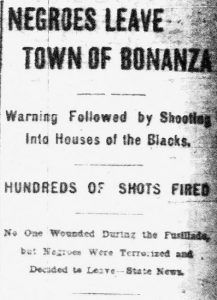
Elaine Massacre of 1919
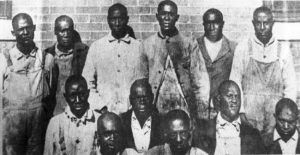
Negro Boys Industrial School Fire of 1959
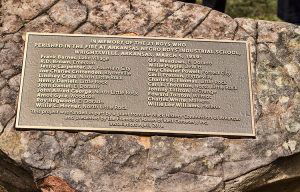
One Drop Rule
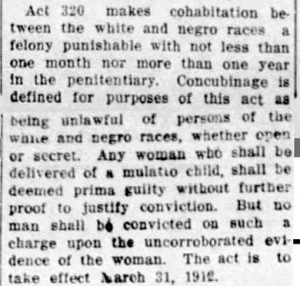
Little Rock Nine
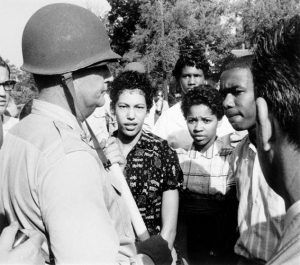
Titan II Missile Explosion (1980)

Trees
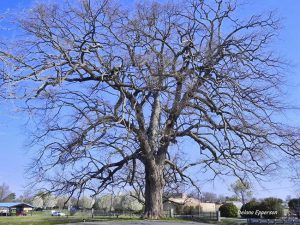
Slavery

Native Americans
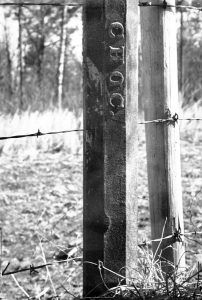
Ozark Mountains

Civil War through Reconstruction, 1861 through 1874

Albert Pike
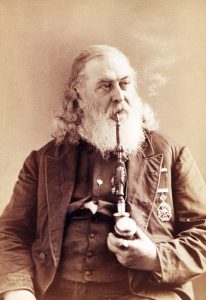
European Exploration and Settlement, 1541 through 1802

Duggar Family

African Americans
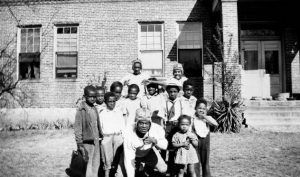
We don’t yet know what information our readers will seek in the next fifteen months, and beyond, but we’ll be ready for them!
***
To celebrate 15 years of the CALS Encyclopedia of Arkansas and to make sure the EOA keeps providing history, culture, and context, consider making a one-time or recurring donation that will help us grow and maintain the EOA into the future.



